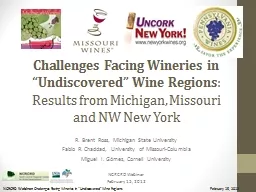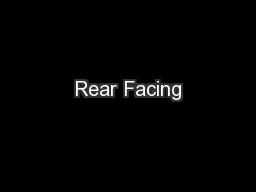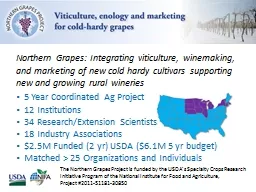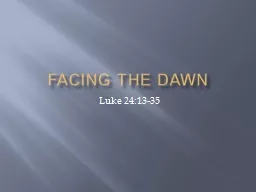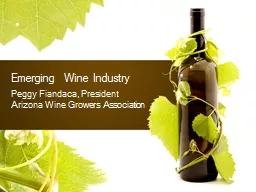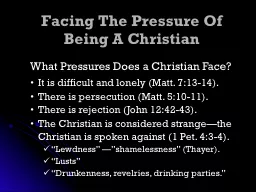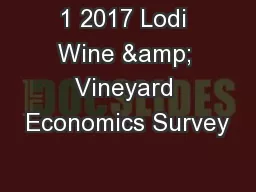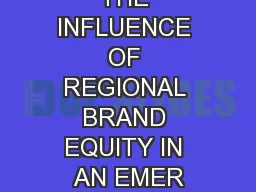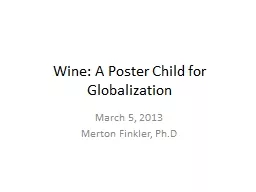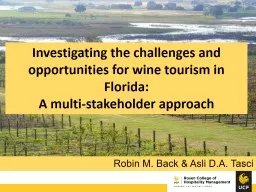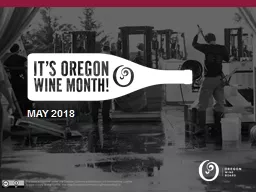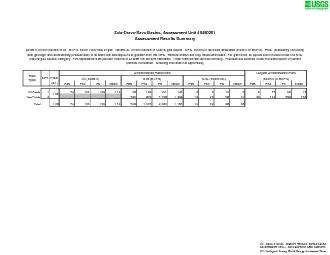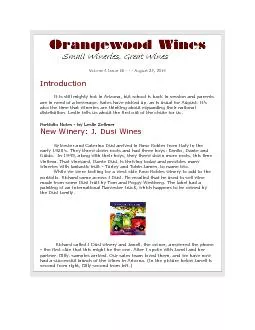PPT-Challenges Facing Wineries in “Undiscovered” Wine Regions
Author : alexa-scheidler | Published Date : 2019-06-29
Results from Michigan Missouri and NW New York R Brent Ross Michigan State University Fabio R Chaddad University of MissouriColumbia Miguel I Gómez Cornell University
Presentation Embed Code
Download Presentation
Download Presentation The PPT/PDF document "Challenges Facing Wineries in “Undisco..." is the property of its rightful owner. Permission is granted to download and print the materials on this website for personal, non-commercial use only, and to display it on your personal computer provided you do not modify the materials and that you retain all copyright notices contained in the materials. By downloading content from our website, you accept the terms of this agreement.
Challenges Facing Wineries in “Undiscovered” Wine Regions: Transcript
Download Rules Of Document
"Challenges Facing Wineries in “Undiscovered” Wine Regions"The content belongs to its owner. You may download and print it for personal use, without modification, and keep all copyright notices. By downloading, you agree to these terms.
Related Documents

